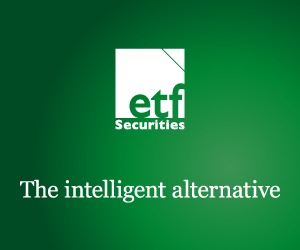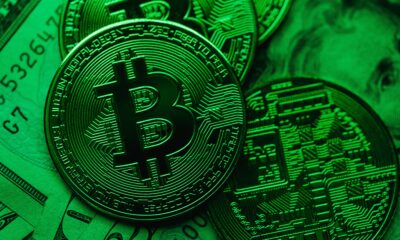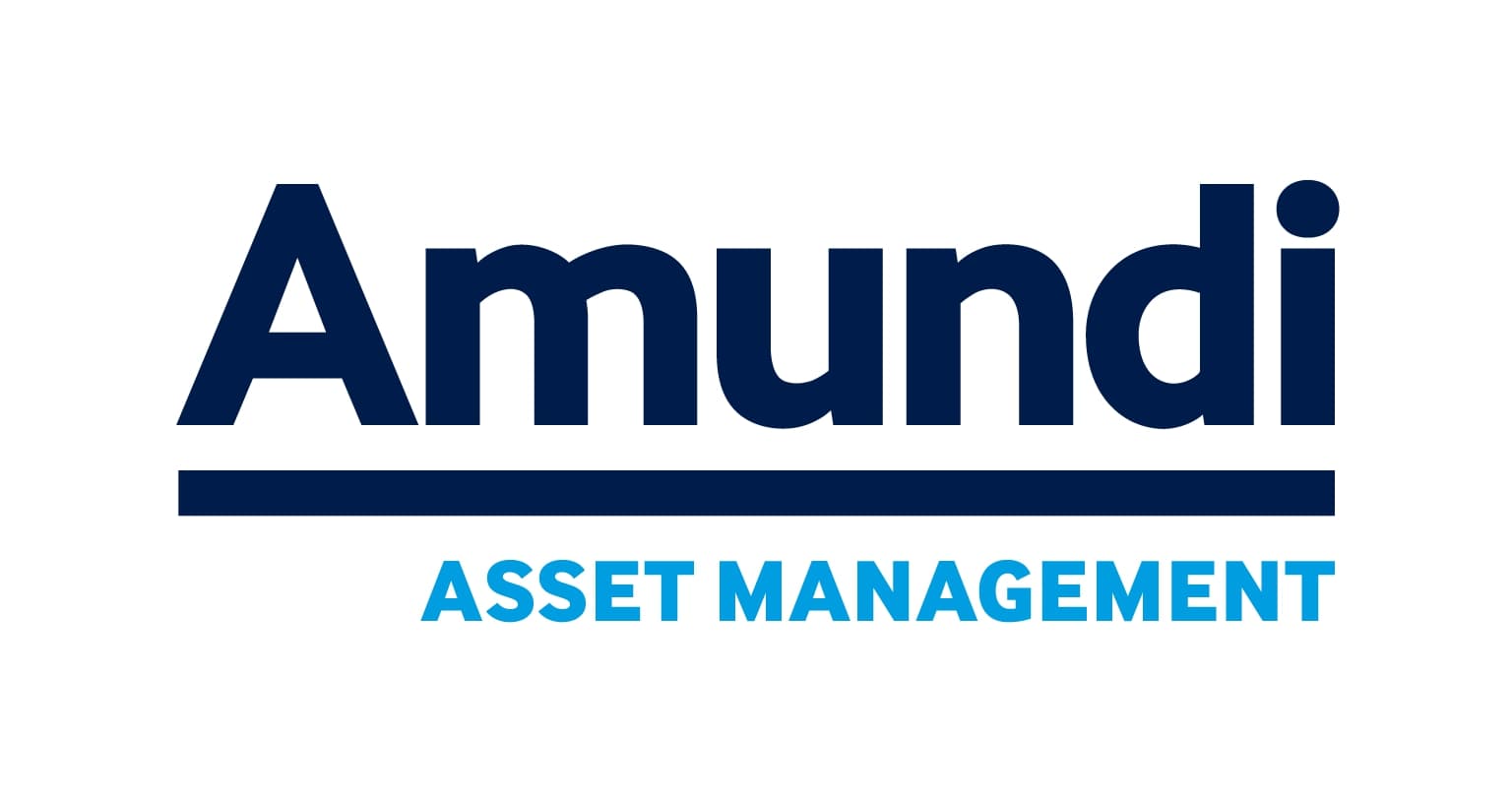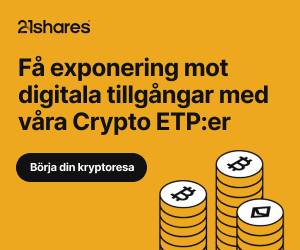ETFS Multi-Asset Weekly – Greece Teetering on the Brink of Default
Highlights
• Weather driving sharp movements in agricultural commodities.
• Equity markets to price in default?
• Haven demand and economic recovery fuelling US dollar higher.
A sharp re-pricing of risk is likely to follow Greece’s decision to hold the question of accepting its creditor terms to a referendum. Capital controls have been implemented to stem outflows from Greece’s banks while the ECB has frozen the Emergency Liquidity Assistance to Friday’s levels. Greece still owes the IMF €1.6bn tomorrow. Failure to pay could descend the country into chaos, marking the first sovereign default in the euro area since its creation. We believe that demand for defensive assets such as gold and the US dollar are likely to be key beneficiaries of the unfolding crisis.
Commodities
Weather driving sharp movements in agricultural commodities. Rain in the US delayed the harvesting of wheat and potential the sowing of soy, acting as a catalyst for price gains of 9.0% and 2.3% respectively. Meanwhile strong winds in Iowa and Illinois knocked over young corn stalks driving the price of corn up 5.2%. An acreage report from the USDA out tomorrow is likely to revise the estimates for planting of soy from what was expected to be a record high when the prospective planting survey was conducted in March. An intensifying El Niño weather pattern will likely see further disruption to crops this year. We believe that drier conditions in Australia, India and West Africa will drive wheat, sugar and cocoa prices higher. Better soy growing conditions in the US and South America that will result from an intensified El Niño will mitigate any lower planting intentions for soy, acting as a negative weight on price.
Equities
Equity markets to price in default? The continuing Greek debt saga led to choppy trading in Europe last week, with most bourses ending the week higher on optimism that some sort of deal would have been brokered over the weekend to avoid Greek defaulting on its IMF loan tomorrow. The referendum and capital controls now throw doubt as to whether a solution can be quickly found. European equity markets are faltering as a repricing of risk takes place. Meanwhile, the MSCI China A-Shares index has declined by closed to 20% in the past two weeks. While the Chinese domestic equity market has rallied more than 100% in the past year (even after the correction), the authorities are keen to the see that sentiment does not unravel. Over the weekend the People’s Bank of China cut interest rates by 25bps and lowered the reserve requirement ratio for small banks by 50bps.
Currencies
Haven demand and economic recovery fuelling US dollar higher. Greek financial woes drove the US dollar 2% higher against the Euro. The ongoing saga is likely to continue to favor the US dollar, as near-term solutions are likely to be met with more arduous negotiations. With the threat of an accident always around the corner, it is clear why haven currencies are sought after. While the Swiss franc has traditionally been treated as a haven currency, the Swiss National Bank has tried to lean against the wind with verbal intervention. After the SNB’s head declared its currency significantly overvalued, the currency declined 2.2% in the week against the US dollar. US non-farm payrolls due on Thursday and manufacturing ISM on Wednesday are two indicators that will be market will be looking at closely to assess whether the Fed is still on track to raise rates in September. Once the US starts to raise rates, we believe that increases will be gradual and highly data dependent. That could slow the pace of the current US dollar rally.
Important Information
This communication has been issued and approved for the purpose of section 21 of the Financial Services and Markets Act 2000 by ETF Securities (UK) Limited (”ETFS UK”) which is authorised and regulated by the United Kingdom Financial Conduct Authority (”FCA”).
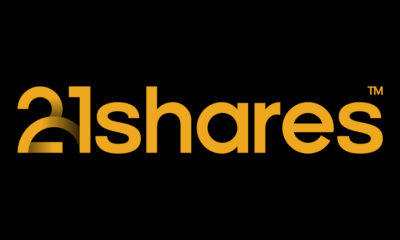
 Nyheter4 veckor sedan
Nyheter4 veckor sedan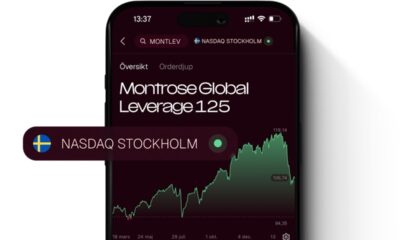
 Nyheter3 veckor sedan
Nyheter3 veckor sedan
 Nyheter4 veckor sedan
Nyheter4 veckor sedan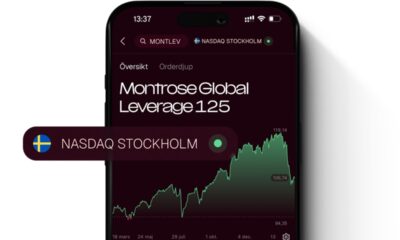
 Nyheter3 veckor sedan
Nyheter3 veckor sedan
 Nyheter3 veckor sedan
Nyheter3 veckor sedan
 Nyheter2 veckor sedan
Nyheter2 veckor sedan
 Nyheter3 veckor sedan
Nyheter3 veckor sedan
 Nyheter2 veckor sedan
Nyheter2 veckor sedan
